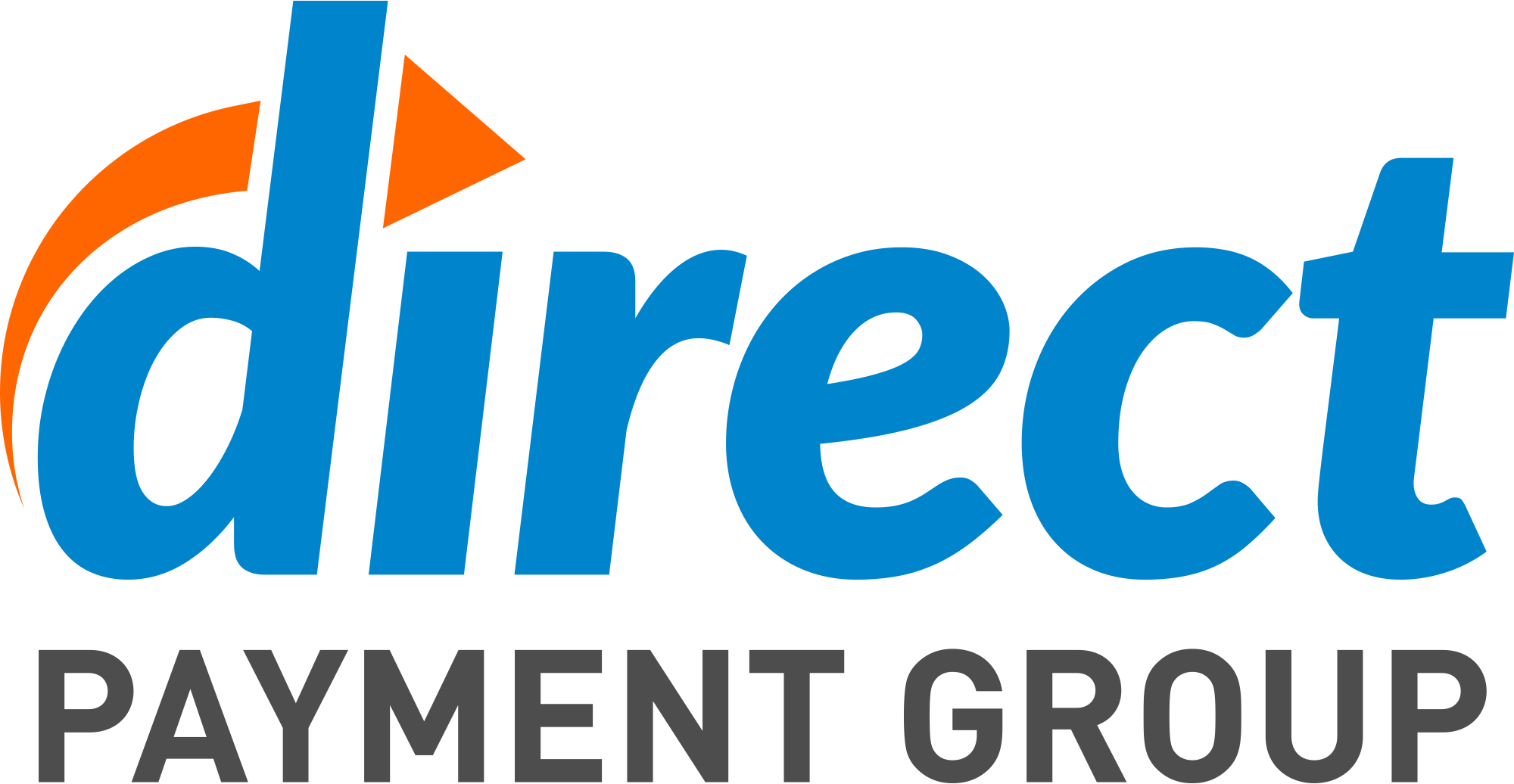Chargebacks & Your Best Defense Against Them
For retailers, the holiday season can be a bittersweet experience. Merchants crave the smorgasbord of sales almost as much as they dread the chargebacks that come with this time of year, a kind of transactional indigestion. Thankfully, there are precautions a business can take to limit the discomfort of chargebacks; think of them as Tums for your business.
Chargebacks take a big bite out of your profits, but not all occur for the same reason. There are three types of which most retail businesses need to be wary of, which we’ve outlined below.
Types of Chargebacks
Friendly Fraud
Some chargebacks result from accidental fraud, which is often referred to as “friendly” fraud. Consider the following situation:
A person heads out for a day of shopping and stops at a Subway restaurant to grab some lunch. A few weeks later, she reviews her credit card statement and sees a charge for Pete’s Super Submarines. She does not recognize the charge, so she disputes it with her credit card company. She has no idea that Subway used to be Pete’s Super Submarines. The name change happened decades ago, but since some businesses need to report transactions under their legal or corporate names, you get a confusing line item like Pete’s Super Submarines.
Unauthorized Card Use
No mistake, this is actual fraud. Unauthorized card use happens when a thief goes on a shopping spree with a found or stolen credit card or a credit card number lifted through an identity theft scam.
Chargebacks occur when the actual card holder contacts their credit card company or the merchant and denies ever making the purchases. In many cases, card holders report unauthorized card use when, in fact, they made the purchases themselves and either don’t recognize the company on their statement or forget they ever made the purchase. This is why cases of actual credit card fraud account for a smaller percentage of chargebacks than user error or forgetfulness.
Merchant Error
Problems on the merchant’s end account for many chargeback requests. This is especially true during the holiday season when businesses are processing more orders than at any other time of year. Some common types of merchant error fraud are:
- Delayed Shipments
- Lost products
- Wrong item shipped
- Wrong quantity shipped
- Wrong color
- Wrong size
Though the chargeback threat can come from several different fronts, that doesn’t mean merchants are defenseless against it. Let’s look at some best practices and security measures stemming from PCI compliance you can take to help minimize chargebacks and protect your revenue.
Preventing Chargebacks
Whether friendly fraud, unauthorized card use, or merchant error, retailers can take proactive steps to prevent chargebacks before they happen. Providing a transparent buying experience for your customer is a great place to start. Furthermore, an open line of communication with the customer after the sale can reduce misunderstandings and help ward off friendly fraud or false claims of unauthorized card use. Let’s dig a little deeper into the details.
Clearly Defined Product Descriptions
Online retailers must ensure that product descriptions clearly describe a product and answer any customer questions. Providing professional photos, videos, or 3D renderings of your products also allows customers to see exactly what they are purchasing.
Listing product dimensions is critical. If a customer receives their order and finds out a product is much bigger or much smaller than anticipated, it opens the door for chargebacks.
Your customers need to know what you are charging them for and what they should expect. Your product description should also be transparent with any fees you charge, how long they need to wait for a product to arrive, any product warranties, and your policy for returns and refunds.
Open Communication
Put in the effort to openly communicate with your customers. If you make any changes to your business name, policies, or merchandise, make sure your customers know it.
The most important detail is to provide contact information so a customer can connect with you about an error instead of initiating a chargeback with their card company. Contact information should be prominently displayed on your website, your invoices, and any other collateral you send to your customers.
Sending follow-up emails about a customer’s purchase, shipping, and tracking also helps reduce chargebacks. It’s difficult for customers to claim they did not order something from you or do not remember ordering when you communicate with them.
Update Your Billing Descriptor
Your billing descriptor is your business name as it appears on your customers’ credit card statements. In the case of a name change, you should also update your merchant account so your billing descriptor matches your store’s name.
In most cases, credit card processors will list your company’s legal business name as your descriptor. This can be a problem if your DBA is filed under XYZ Company, but your client-facing brand is Bob’s Bike Shop (a real-life dilemma in the case of Subway and Pete’s Super Submarines). You can either contact your processor and ask them to change the descriptor to something that your customers will recognize or you can notify your customers that the charge on their statements will appear under your legal business name.
Post-Sale Customer Engagement
Customer engagement increases brand loyalty. You can use surveys and social media to learn more about your customer’s satisfaction level. Loyal, satisfied customers will not falsely claim an unauthorized charge and intentionally defraud you, reducing the number of chargebacks you have to issue down the road. Following up after purchase is also good customer service, which keeps loyal customers returning.
Despite your best preventative measures, chargebacks will get through, but this still doesn’t mean you have to roll over and accept them. As a merchant, you have at your disposal an arsenal of tools that can help you detect chargebacks and zap them before they gnaw into your profits. Many of these tools are easy to implement in your billing system, while others are already at your fingertips and just need minor tweaking.
Preventive Tools
You have a wide range of tools and services at your disposal to help you properly fight chargebacks before they happen. Sometimes, simply making changes to things you already have can help. You can adjust your network hardware and SaaS billing platform to create a last line of defense when the chargeback barbarians are at the gate. For instance, you can:
- Use the fraud settings on your payment gateway to automatically detect suspicious activity
- Block IP addresses
- Reject expired credit or debit cards
- Choose to block purchases from select countries
- Use a catch-and-release style purchase review
- Require a customer’s signature if they do not have a chip in their card
If you want to fortify your defenses against chargebacks, there are several services you can purchase. Some of the most popular and reliable are:
Verified by Visa
This is Visa’s program to make online transactions more secure. Verified by Visa confirms your customer’s identity, drastically reducing the chance for chargebacks. While this anti-fraud solution benefits you, it can also make it more difficult to appeal a chargeback when one does occur. However, the benefits of forcing a secure identity far outweigh the risk.
MasterCard SecureCode
MasterCard’s anti-fraud service, SecureCode, works similarly to Verified by Visa. Online consumers must go through a process that confirms their identity before they can complete a purchase. MasterCard requires cardholders to choose a SecureCode they must use for all online purchases. The concept of SecureCode is the same as customers using a PIN with their card when making an in-store purchase. MasterCard denies the transaction when the customer provides the wrong code, reducing fraud-related chargebacks.
Address Verification System (AVS)
Address Verification System (AVS) is a feature that compares your customer’s billing address with the address on file with their credit card company. All major credit card brands in the U.S. use AVS. You set up AVS through your payment gateway or virtual terminal. In either situation, you will receive a code that tells you whether addresses match, so you can avoid unauthorized card use that leads to chargebacks.
While it’s true that chargebacks can spoil an otherwise festive and profitable holiday season, there are many things you can prepare for them wisely. Having a reliable partner is key. Direct Payment Group knows all about managing chargebacks and can help you get control of them before they devour your profits. Click the button below to learn more!






